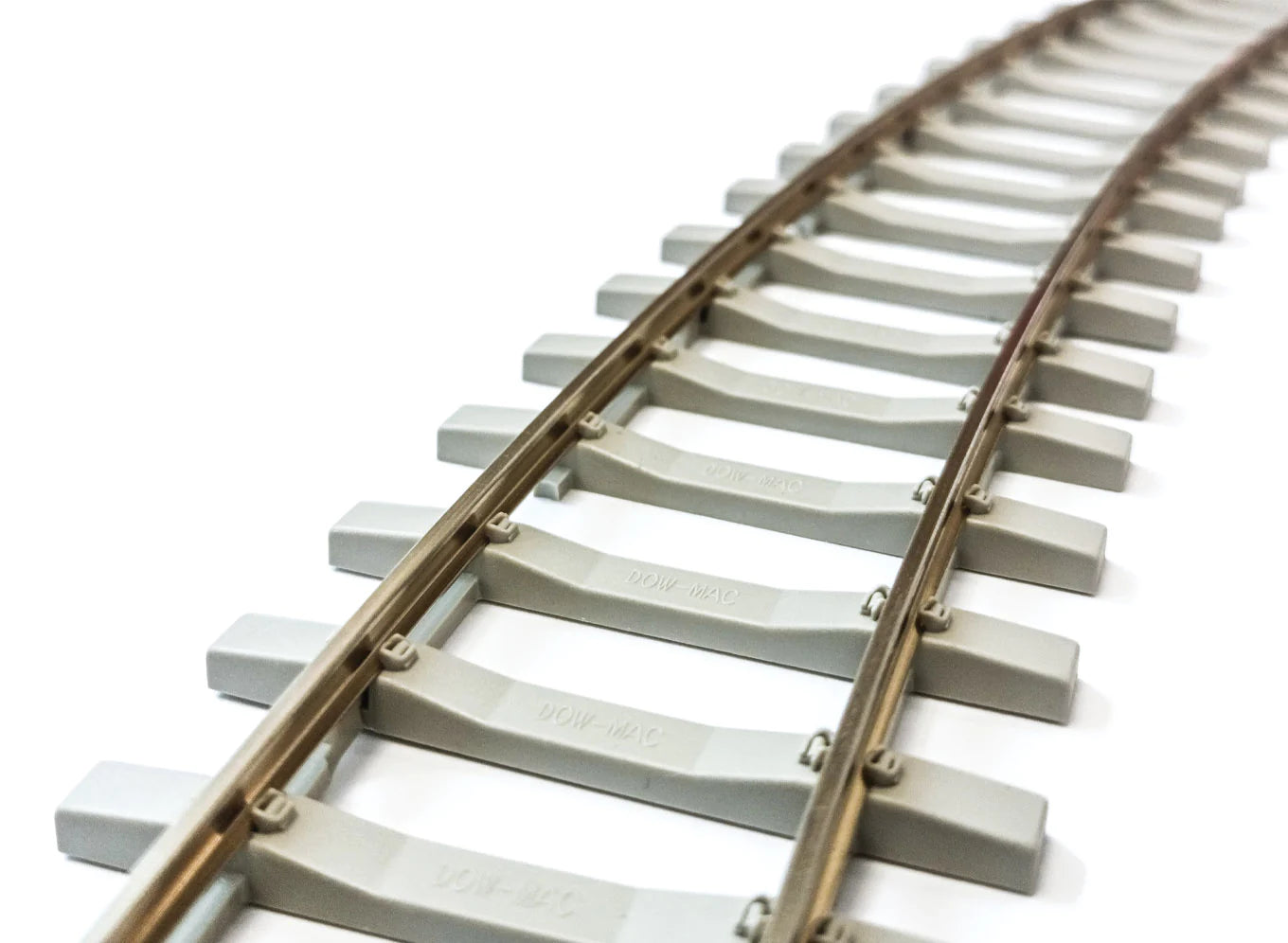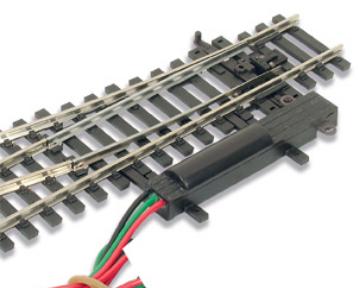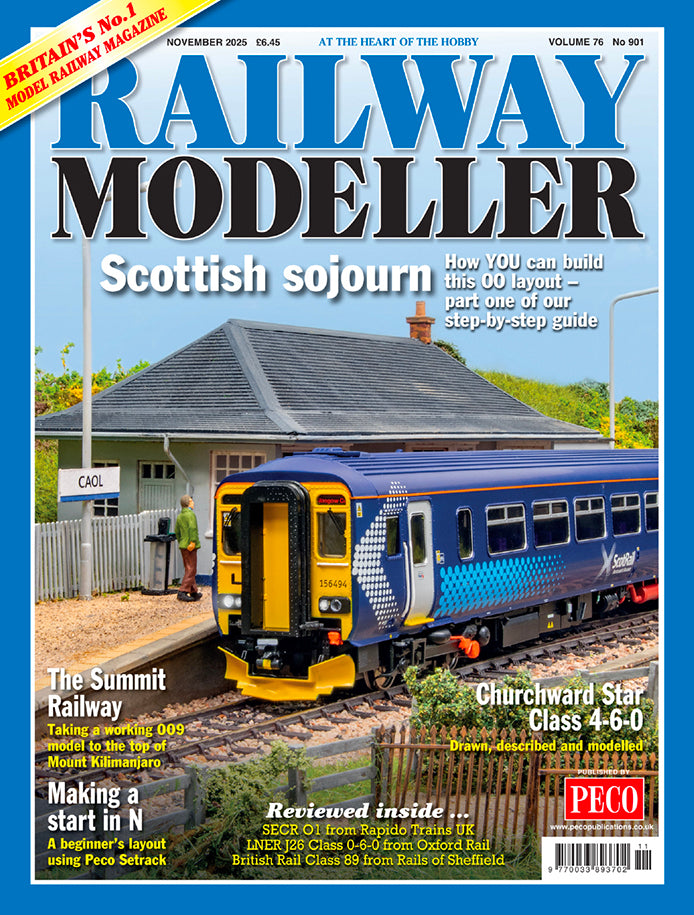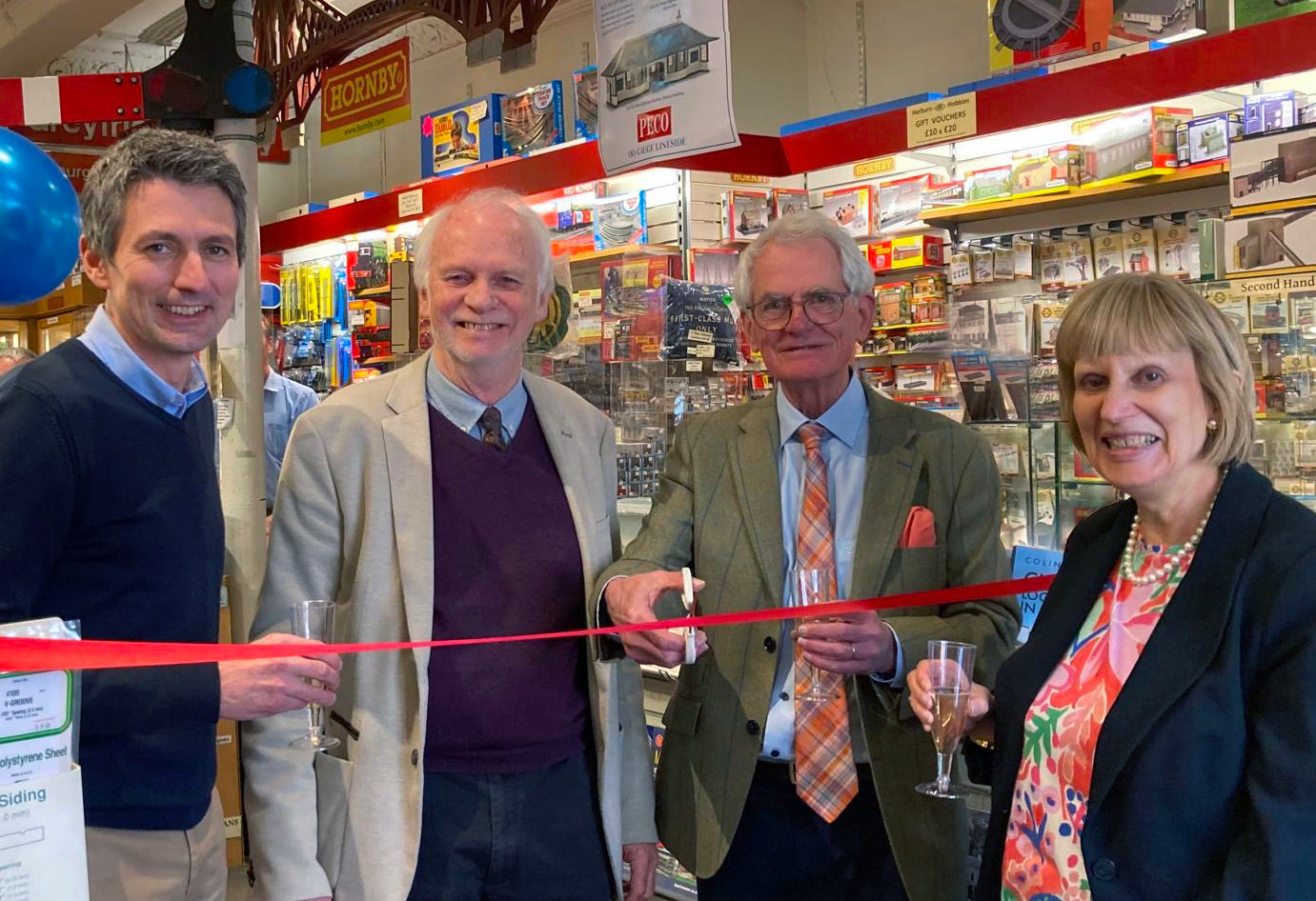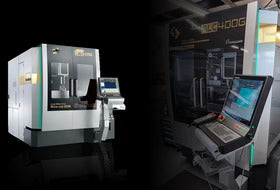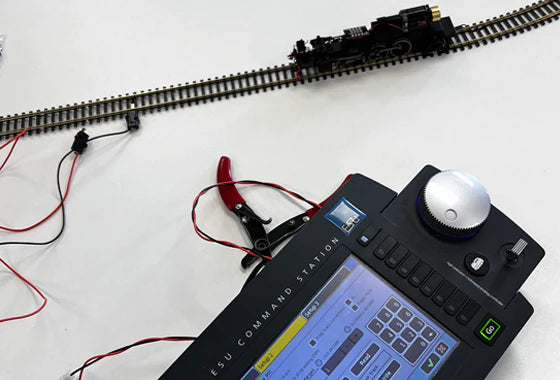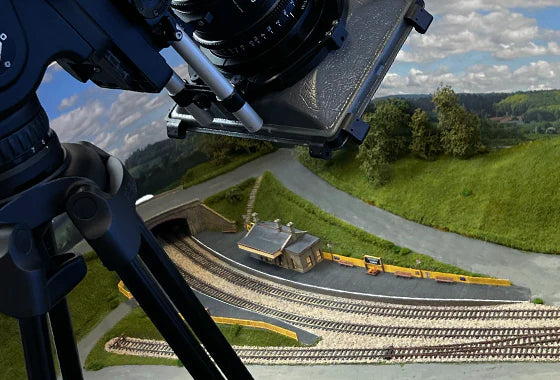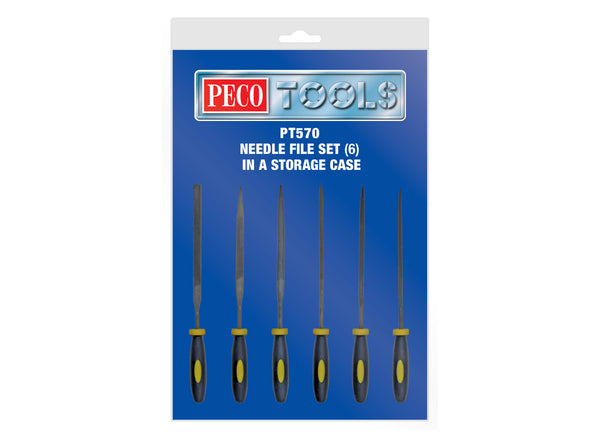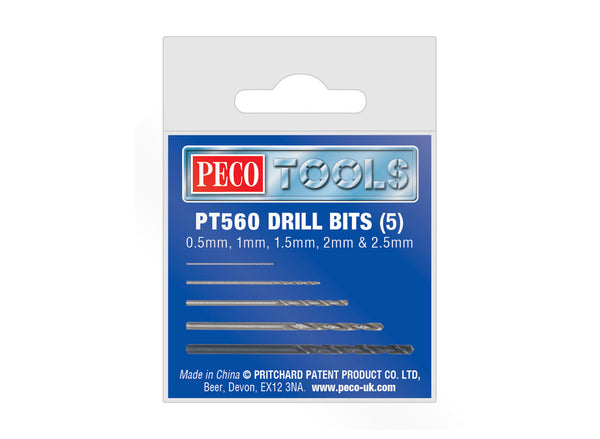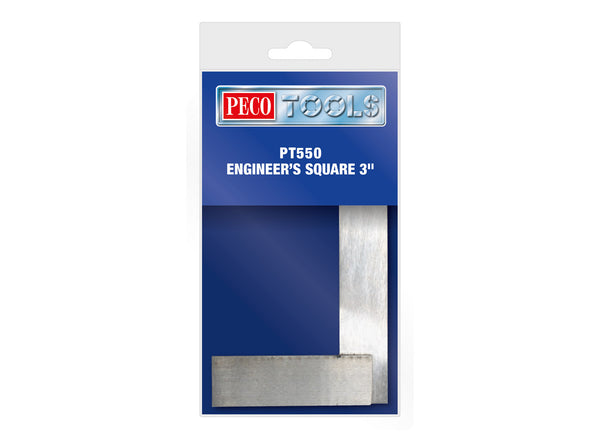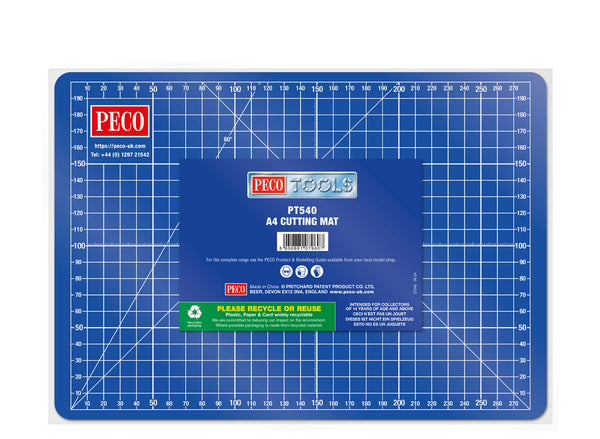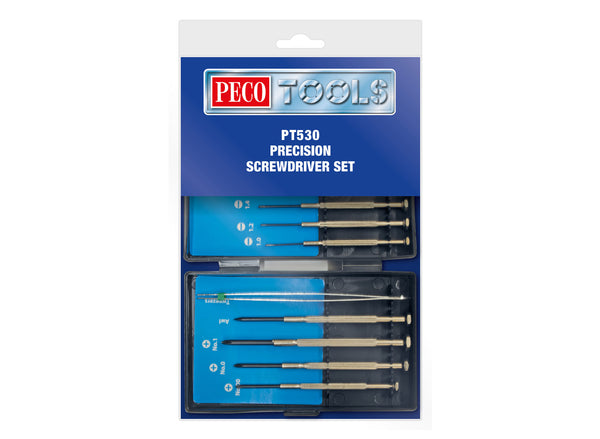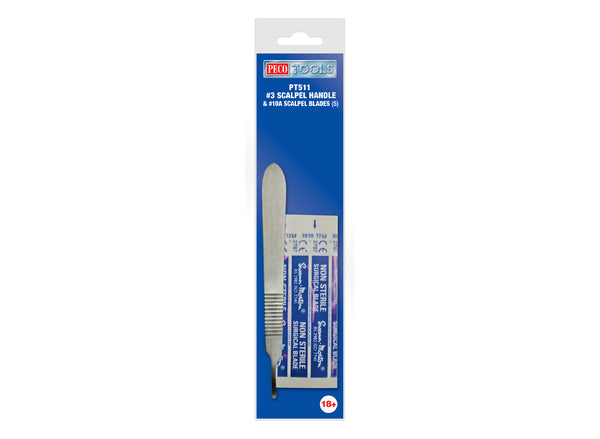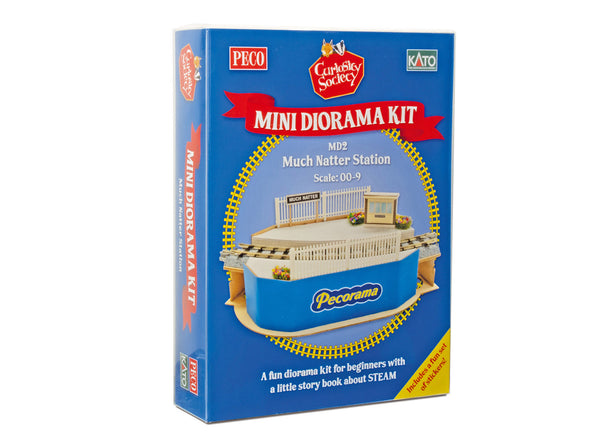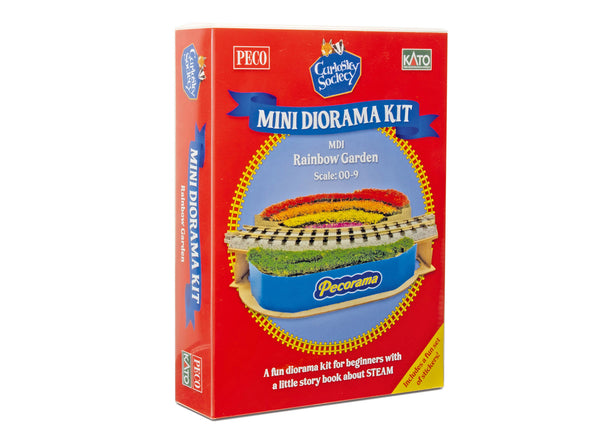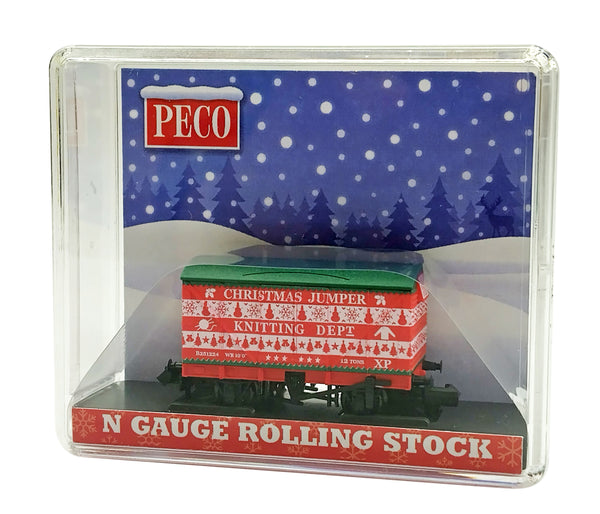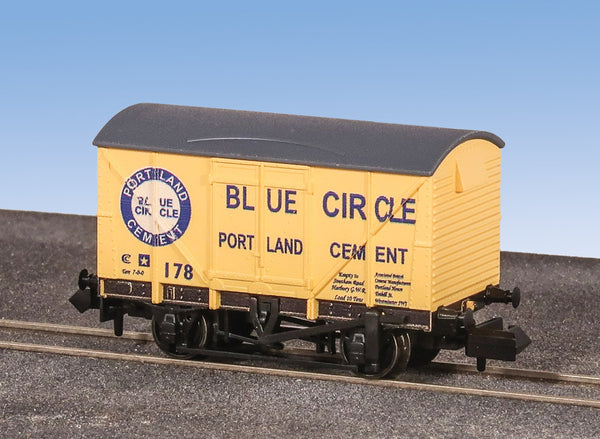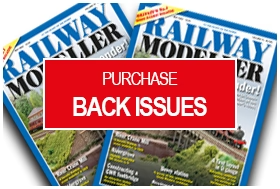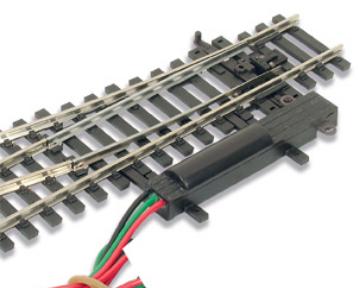BROWSE PECO PRODUCTS
Browse through our complete product portfolio.
99 Products Found
Needle File Set (box 6)
A specially selected tool from expert modellers here at PECO for kit building. Smooth off sharp edges on plastic kit and cut rail ends.
Box of 5 drill bits 0.5 to 2.5mm
A specially selected tool from expert modellers here at PECO for kit building. Use with the PECO Tools Pin Vice PT-508
Engineer's Square 3"
A specially selected tool from expert modellers here at PECO for kit building. For achieving perfect right angles when constructing building kits.
A4 Cutting Mat
A specially selected tool from expert modellers here at PECO for kit building. Protect the table with this essential 'self-healing' modelling mat.
Precision Screwdriver Set
A specially selected tool from expert modellers here at PECO for kit building. An essential set of screwdrivers for many modelling applications, including locomotive maintenance.
Soft-grip Craft Knife & blades
A specially selected tool from expert modellers here at PECO for kit building. A comfortable knife for handling a multitude of cutting jobs in the hobby room.
Soft-grip Craft Knife No.11 Blades
A specially selected tool from expert modellers here at PECO for kit building. A scalpel handle with disposable scalpel blades. For cutting plastic components.
Scalpel Handle No. 3 & 10A Scalpel Blades (5)
A specially selected tool from expert modellers here at PECO for kit building. A scalpel handle with disposable scalpel blades. For cutting plastic components.
Snap-off Knife & Blades (9mm)
A specially selected tool from expert modellers here at PECO for kit building. A general-purpose modelling knife with 10 x snap-off blade tips for when they go blunt.
Pin Pusher
A specially selected tool from expert modellers here at PECO for kit building. Use these tools to help drill small holes into the track base before pinning to the baseboard, and for model-making tasks generally.
Pin Vice-Swivel Top
A specially selected tool from expert modellers here at PECO for kit building. Use these tools to help drill small holes into the track base before pinning to the baseboard, and for model-making tasks generally.
Steel Rule 150ml/6in
A specially selected tool from expert modellers here at PECO for kit building. This tool is a solid and durable steel rule, perfect for the hobby room.
Snipe Nose Pliers
A specially selected tool from expert modellers here at PECO for kit building. This tool is vital to all modellers and designed specifically to handle small and delicate parts.
Plastic Sprue Cutter
A specially selected tool from expert modellers here at PECO for kit building. This tool are vital to all modellers and designed specifically for removing parts from the plastic sprue, with ease and accuracy.
Xuron Professional Track Cutters (Vertical)
A specially selected tool from expert modellers here at PECO for kit building. This tool are vital to all modellers and designed specifically for cutting rail, using a vertical cut, side to side.
Xuron Professional Track Cutters (Standard)
A specially selected tool from expert modellers here at PECO for kit building. This tool are vital to all modellers and designed specifically for cutting rail, using a horizontal cut, side to side.
PECO/KATO Diorama Kit - 'Pecorama Much Natter Station' - 00-9
For newcomers to modelling who are interested in making a diorama but do not know exactly where to start, this is a lovely introductory set to allow you to model something yourself and create your own small-scale model. It contains all the necessary materials for creating the diorama layout, and also an illustrated story book that children can enjoy reading at bedtime.
These little diorama kits also allow more experienced modellers to try building their own unique scene, and can be joined together to make a working and functional group of mini dioramas that can be used to make a working circuit. This can be great for modelling clubs, associations or schools, and can bring modellers together in group projects - to help focus on the dexterous skills and create something all by themselves.
As well as a a beautifully illustrated book, these kits include all the materials and scenery required, as well as a set of FREE stickers!
- Time required to complete: about 2 ~ 3 hours (excluding drying time)
-
Suggested age: 8 yrs+ (Supervision recommended)
PECO/KATO Diorama Kit - 'Pecorama Rainbow Garden' - 00-9
For newcomers to modelling who are interested in making a diorama but do not know exactly where to start, this is a lovely introductory set to allow you to model something yourself and create your own small-scale model. It contains all the necessary materials for creating the diorama layout, and also an illustrated story book that children can enjoy reading at bedtime.
These little diorama kits also allow more experienced modellers to try building their own unique scene, and can be joined together to make a working and functional group of mini dioramas that can be used to make a working circuit. This can be great for modelling clubs, associations or schools, and can bring modellers together in group projects - to help focus on the dexterous skills and create something all by themselves.
As well as a a beautifully illustrated book, these kits include all the materials and scenery required, as well as a set of FREE stickers!
- Time required to complete: about 2 ~ 3 hours (excluding drying time)
-
Suggested age: 8 yrs+ (Supervision recommended)
N Gauge 'Christmas Jumper Dept' Vanfit
PECO Model Railways has released a delightful addition to their Christmas collection with limited-edition wagons available in N and OO-9. Celebrating the festive spirit, this year’s model is dedicated to the 'Christmas Jumper Knitting Department'. Adorned in charming holiday-themed colours, the wagons feature intricate seasonal designs reminiscent of classical Christmas jumpers. Each wagon in this collection is crafted with meticulous detail, capturing the playful essence of holiday cheer in a miniature format.
Only 500 pieces are available in each scale, making these wagons truly special collector’s items for railway enthusiasts and collectors. This seasonal release adds to the PECO lineup of collectible Christmas wagons, creating an enchanting winter landscape on any model railway setup. These limited editions make perfect Christmas gifts or keepsakes and are available now, though stock won’t last long due to their exclusivity and appeal.
BR Vanfit Wagon - Freight
All-New Tooling Wagons
PECO is pleased to announce the release of five new N Gauge Wagon liveries, to bring some added character to customers' layouts. Once common on the post-war British Railway network, these 4-wheel vans carried a wide variety of goods throughout the system. No longer in service they remain an iconic wagon type so typical of the railway scene from the 1950s to the 1980s and modellers will find a home for several on their layouts.
All of the new-tooling ready-to-run wagons from PECO feature some very fine moulding detail, sharp and precise application of the liveries, detachable couplers and metal-tyred running wheels. Best of all, they are the best value on the market compared to the alternatives available!
These colourful liveries have been staples of the PECO range for years and remain some of the most popular models in the whole range.
BR Vanfit Wagon - Fyffes Bananas
All-New Tooling Wagons
PECO is pleased to announce the release of five new N Gauge Wagon liveries, to bring some added character to customers' layouts. Once common on the post-war British Railway network, these 4-wheel vans carried a wide variety of goods throughout the system. No longer in service they remain an iconic wagon type so typical of the railway scene from the 1950s to the 1980s and modellers will find a home for several on their layouts.
All of the new-tooling ready-to-run wagons from PECO feature some very fine moulding detail, sharp and precise application of the liveries, detachable couplers and metal-tyred running wheels. Best of all, they are the best value on the market compared to the alternatives available!
These colourful liveries have been staples of the PECO range for years and remain some of the most popular models in the whole range.
BR Vanfit Wagon - Bass Brewery
All-New Tooling Wagons
PECO is pleased to announce the release of five new N Gauge Wagon liveries, to bring some added character to customers' layouts. Once common on the post-war British Railway network, these 4-wheel vans carried a wide variety of goods throughout the system. No longer in service they remain an iconic wagon type so typical of the railway scene from the 1950s to the 1980s and modellers will find a home for several on their layouts.
All of the new-tooling ready-to-run wagons from PECO feature some very fine moulding detail, sharp and precise application of the liveries, detachable couplers and metal-tyred running wheels. Best of all, they are the best value on the market compared to the alternatives available!
These colourful liveries have been staples of the PECO range for years and remain some of the most popular models in the whole range.
BR Vanfit Wagon - Colman's Mustard
All-New Tooling Wagons
PECO is pleased to announce the release of five new N Gauge Wagon liveries, to bring some added character to customers' layouts. Once common on the post-war British Railway network, these 4-wheel vans carried a wide variety of goods throughout the system. No longer in service they remain an iconic wagon type so typical of the railway scene from the 1950s to the 1980s and modellers will find a home for several on their layouts.
All of the new-tooling ready-to-run wagons from PECO feature some very fine moulding detail, sharp and precise application of the liveries, detachable couplers and metal-tyred running wheels. Best of all, they are the best value on the market compared to the alternatives available!
These colourful liveries have been staples of the PECO range for years and remain some of the most popular models in the whole range.
BR Vanfit Wagon - Blue Circle Cement
All-New Tooling Wagons
PECO is pleased to announce the release of five new N Gauge Wagon liveries, to bring some added character to customers' layouts. Once common on the post-war British Railway network, these 4-wheel vans carried a wide variety of goods throughout the system. No longer in service they remain an iconic wagon type so typical of the railway scene from the 1950s to the 1980s and modellers will find a home for several on their layouts.
All of the new-tooling ready-to-run wagons from PECO feature some very fine moulding detail, sharp and precise application of the liveries, detachable couplers and metal-tyred running wheels. Best of all, they are the best value on the market compared to the alternatives available!
These colourful liveries have been staples of the PECO range for years and remain some of the most popular models in the whole range.
